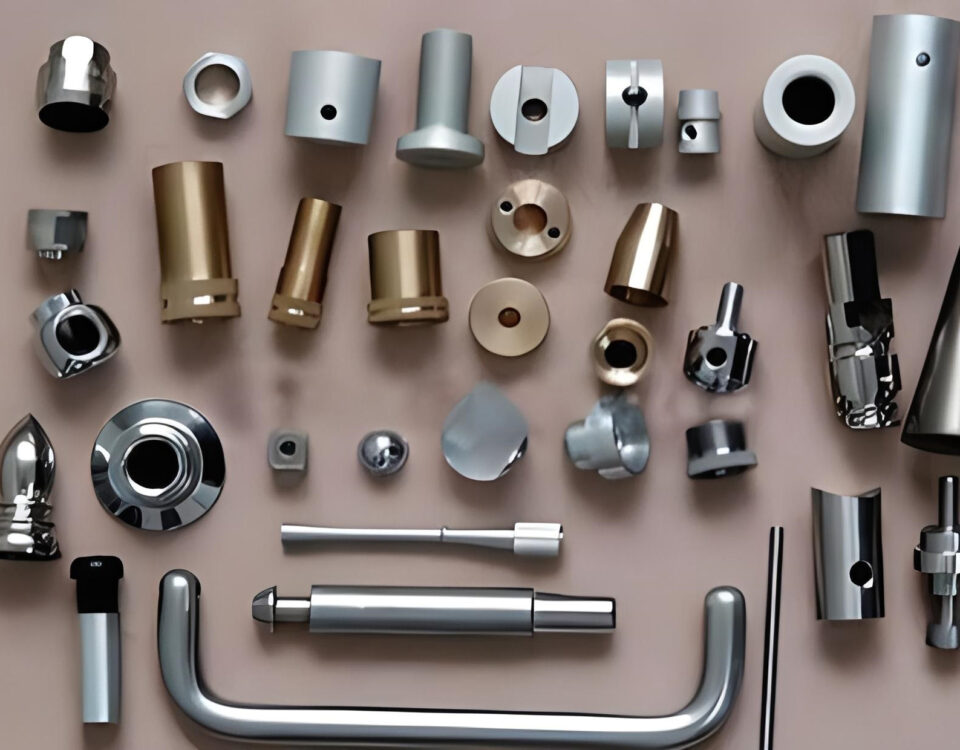
Surface cleaning of metals
February 18, 2024
Precision CNC tube bending
May 14, 2024Understanding the Impact of Metal Surface Roughness on Material Properties and Applications
 Metal surface roughness plays a crucial role in various industrial applications, ranging from automotive, aerospace, and electronic manufacturing to consumer goods. The roughness determines the quality, durability, and performance of metal surfaces, leading to significant implications for friction, wear, adhesion, corrosion, and other material properties. As a metal fabrication Manufacturer in China, we hereby aims to provide a comprehensive understanding of metal surface roughness and its influence on material behavior.
Metal surface roughness plays a crucial role in various industrial applications, ranging from automotive, aerospace, and electronic manufacturing to consumer goods. The roughness determines the quality, durability, and performance of metal surfaces, leading to significant implications for friction, wear, adhesion, corrosion, and other material properties. As a metal fabrication Manufacturer in China, we hereby aims to provide a comprehensive understanding of metal surface roughness and its influence on material behavior.
Definition of Surface Roughness:
Surface roughness refers to the measure of irregularities or deviations present on the surface of a metal material, typically measured at a microscale level. It encompasses both the texture and the geometric features of the surface, including peaks, valleys, pits, scratches, waviness, and other imperfections. Surface roughness is quantified using parameters such as Ra (arithmetical mean deviation of the surface profile), Rz (maximum height of the surface profile), and Rq (root mean square deviation of the profile).
Effects:
- 1. Friction and Wear: Higher surface roughness can increase frictional forces and lead to higher wear rates. The contact area between two surfaces increases with roughness, causing more material-to-material interaction, resulting in increased friction and wear.
- 2. Adhesion and Bonding: Surface roughness influences the adhesion between two surfaces. In bonding processes or adhesive applications, a rough surface provides more contact points, creating a stronger bond. However, excessive roughness may result in reduced bond strength and compromised adhesion.
- 3. Corrosion: Roughness can accelerate corrosion by providing additional sites for corrosive agents to attack. Increased surface roughness enhances the surface area exposed to the environment, leading to higher corrosion rates.
- 4. Lubrication: Surface roughness significantly affects lubrication efficiency. Smoother surfaces reduce friction and improve lubricant film formation, preventing metal-to-metal contact and reducing wear.
Control:
Manufacturers employ various techniques to control surface roughness, depending on the desired application and performance requirements. Some common methods include:
- 1. Material selection: Choosing metals with inherent smoothness or enhanced resistance to surface degradation can optimize surface quality.
- 2. Machining and Finishing: Precise machining processes like grinding, polishing, honing, or lapping can be employed to achieve desired surface finishes, reducing roughness.
- 3. Coatings and Treatments: Applying protective coatings, such as paints, anodizing, electroplating, or chemical treatments, can improve surface smoothness and protect against corrosion.
- 4. Surface Modification: Techniques like shot peening, abrasive blasting, or laser ablation can alter surface properties by inducing controlled roughness or modifying surface topography.
Conclusion:
Metal surface roughness is a critical factor that affects the performance, durability, and functionality of metals in various industrial applications. Understanding how surface roughness influences material properties enables engineers and manufacturers to optimize surface finishes to meet specific requirements. By effectively controlling and managing surface roughness, industries can enhance frictional behavior, adhesion, corrosion resistance, and overall product quality, leading to improved performance and customer satisfaction.



